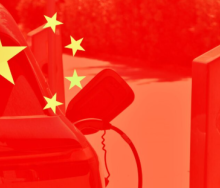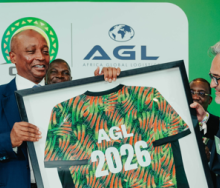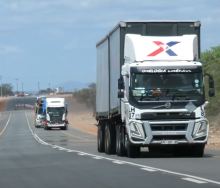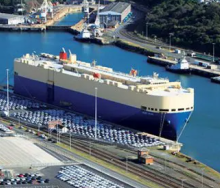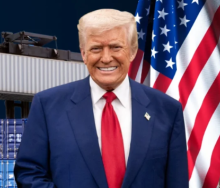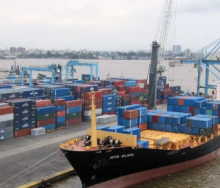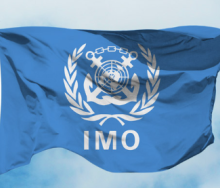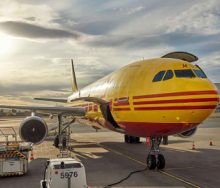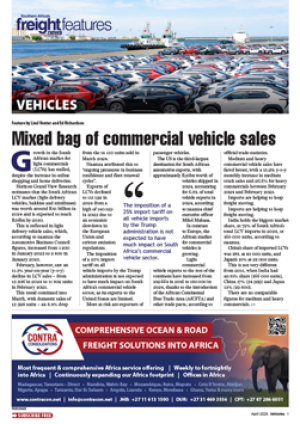The Arctic Circle landmass of Greenland is anything but green and was once ‘only’ good for receiving banished Vikings like Erik the Red.
Seeking a pardon from the Icelandic tribe that sent him there, the renegade started a ruse that the island, known by the Inuit as Kalaallit Nunaat, was fertile by recurringly calling it Grønland.
The name stuck.
But Donald Trump isn’t interested in Greenland because of its agricultural potential, hailed by the locals as reason enough to welcome snowmelt on a country that has more than 80% of its territory under ice.
For the US President elect, Greenland's location is pivotal in the context of global warming and how it is opening up new shipping lanes and altering global trade dynamics.
The island sits on the shortest route between North America and Europe.
The Northwest Passage, a strategic shipping route, runs along Greenland's coast, and the island is part of the Greenland-Iceland-United Kingdom gap, a significant maritime zone.
It’s also a crucial point for surveillance and military presence, which is why Trump has highlighted the need for Greenland to ensure national security, particularly in countering potential threats from Russia and China.
Beyond its strategic importance, Greenland is also a treasure trove of natural resources.
The melting ice is making previously inaccessible areas more viable for exploration and extraction.
These resources include oil, gas, and rare earth minerals such as lithium, nickel, and cobalt, which are essential for the production of electric vehicles, wind turbines, and military equipment.
Currently, China dominates the global market for rare earth minerals, and Trump's advisers are reportedly concerned about this dependency.
The island offers a potential alternative source for these critical minerals, which could help reduce reliance on Chinese exports.
Naturally, Denmark, under whose rule Greenland is semi-autonomous, has scoffed at Trump’s threat that the US may have to ‘seize’ the territory by any means necessary, through economic pressure or military might.
It is understood that much of Greenland’s inhabitants seek independence from Denmark, but the government of Prime Minister Mette Frederiksen has been firm and consistent, unequivocally stating that Greenland is not for sale.
Greenland will always be what its original name meant, ‘Land of the People’.
Previously, Frederiksen has welcomed increased US involvement in the region, although this position may have changed after Trump’s aggressive pronouncements on Tuesday ahead of his inauguration on January 20.
The Danish government has variously said that the US, not Russia, remains Denmark's closest ally in the North Atlantic region.
Frederiksen has also acknowledged the growing independence movement in Greenland, describing it as "legitimate" and suggesting that Greenland's future should be shaped by its residents.
Simultaneously, the Danish government has increased defence funding for Greenland, partly in response to Trump's assertions.
Denmark's stance remains unchanged despite Trump's refusal to rule out using military or economic coercion to secure control of the island. Frederiksen does not believe the US will resort to such measures, emphasizing the need for any US involvement to be respectful of Greenland's population.
Overall, Denmark maintains a firm position against ceding control of Greenland while remaining open to collaborative efforts with the US in the region. – Compiled with AI assistance.


